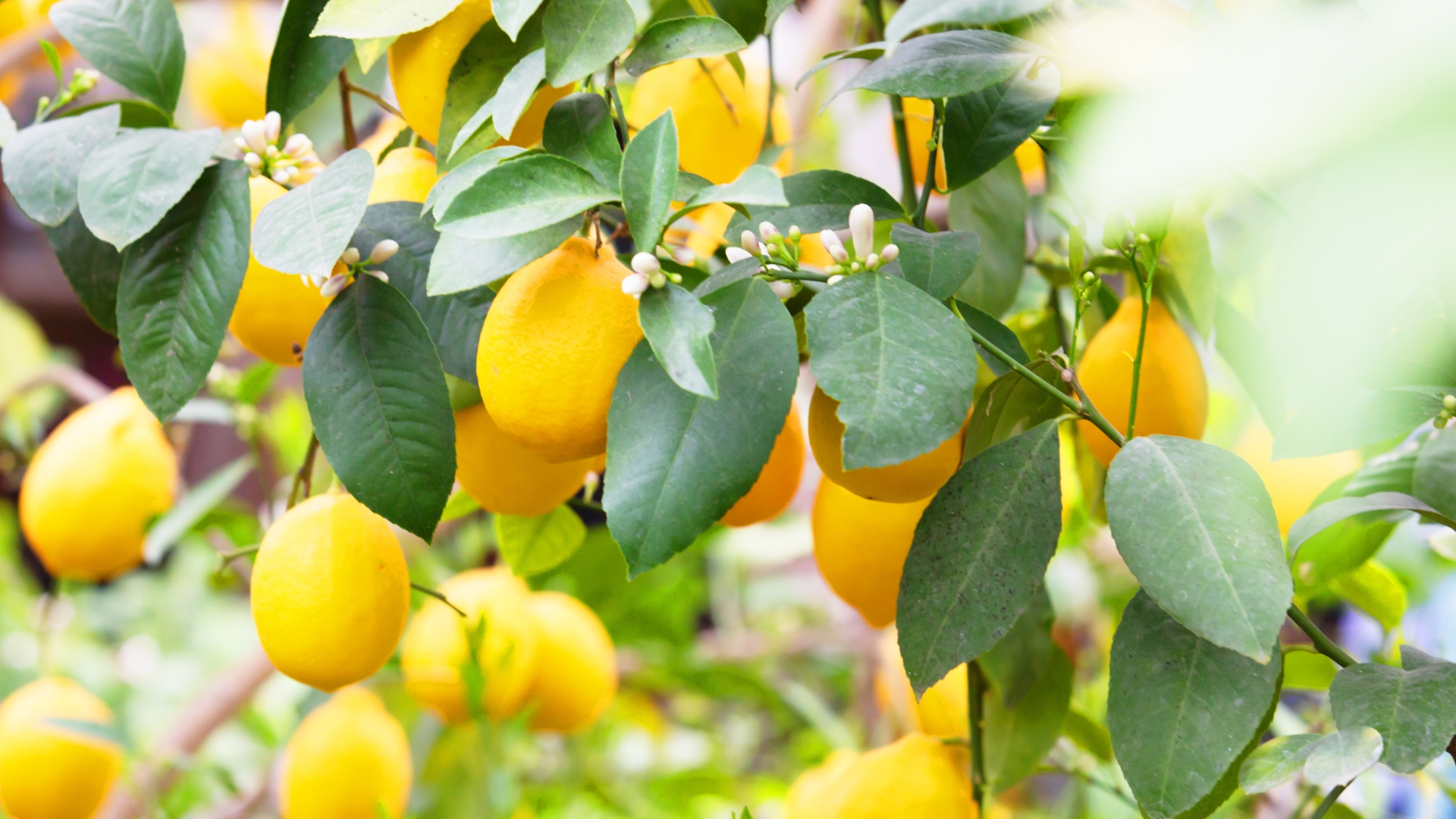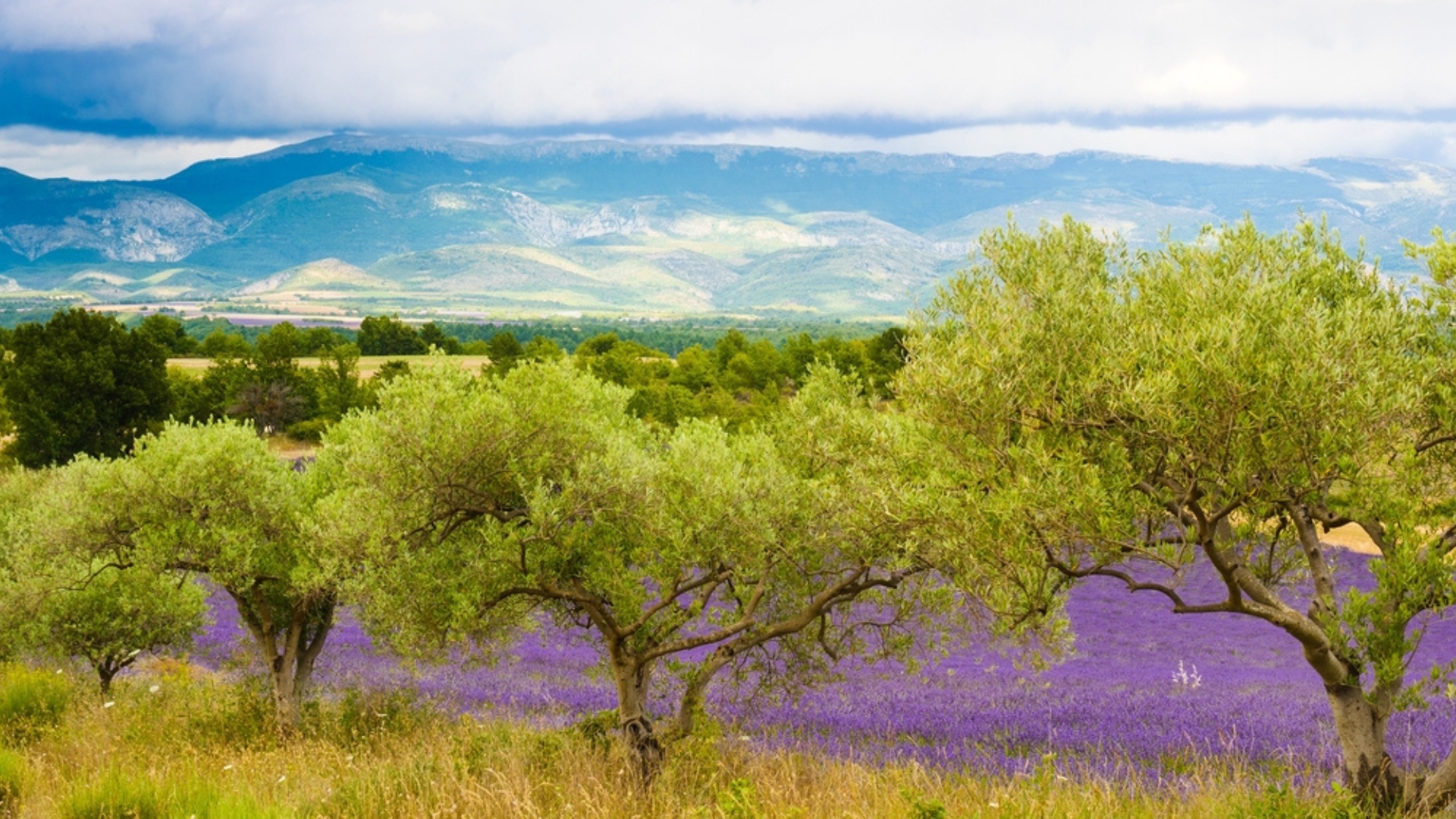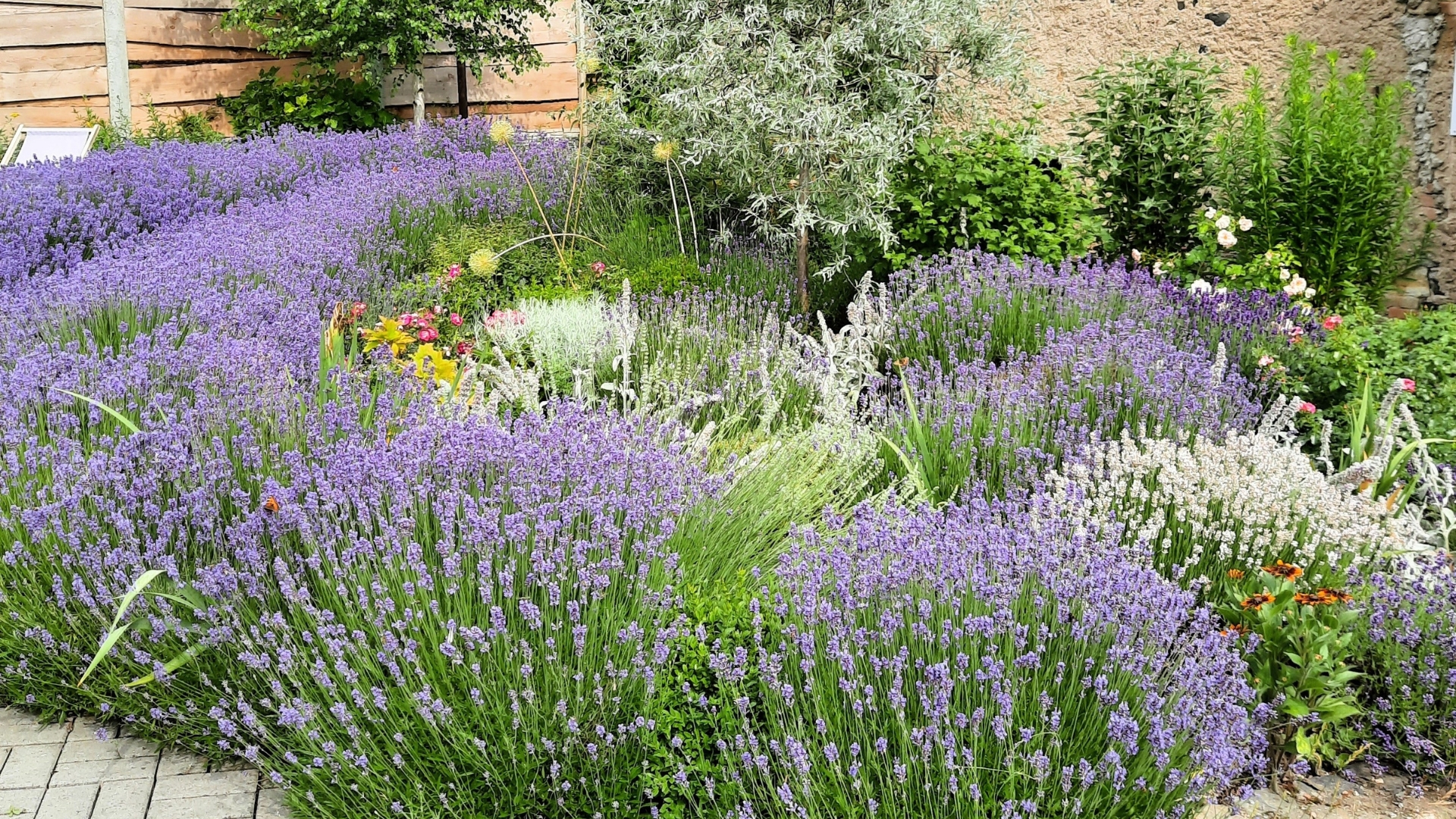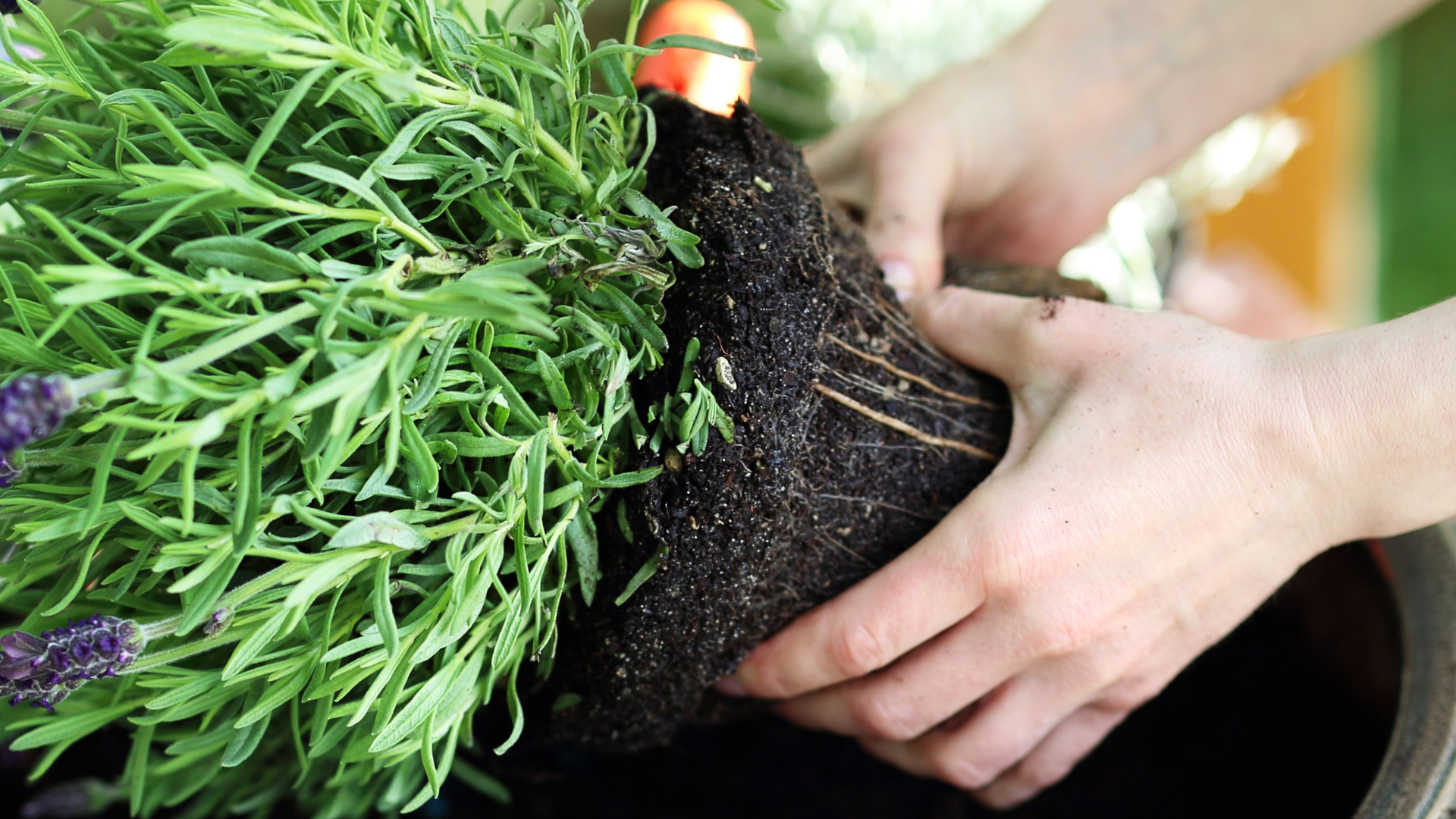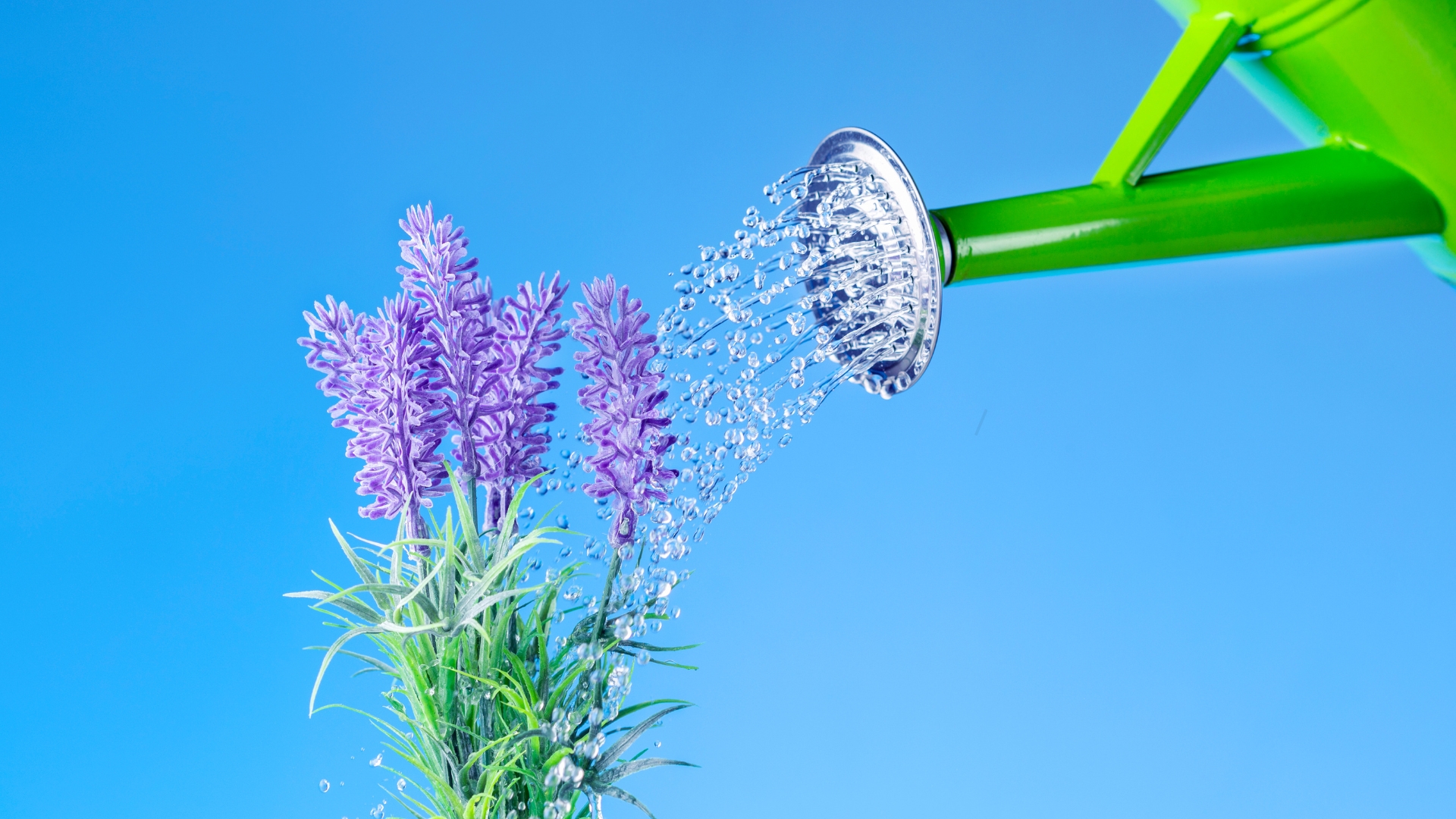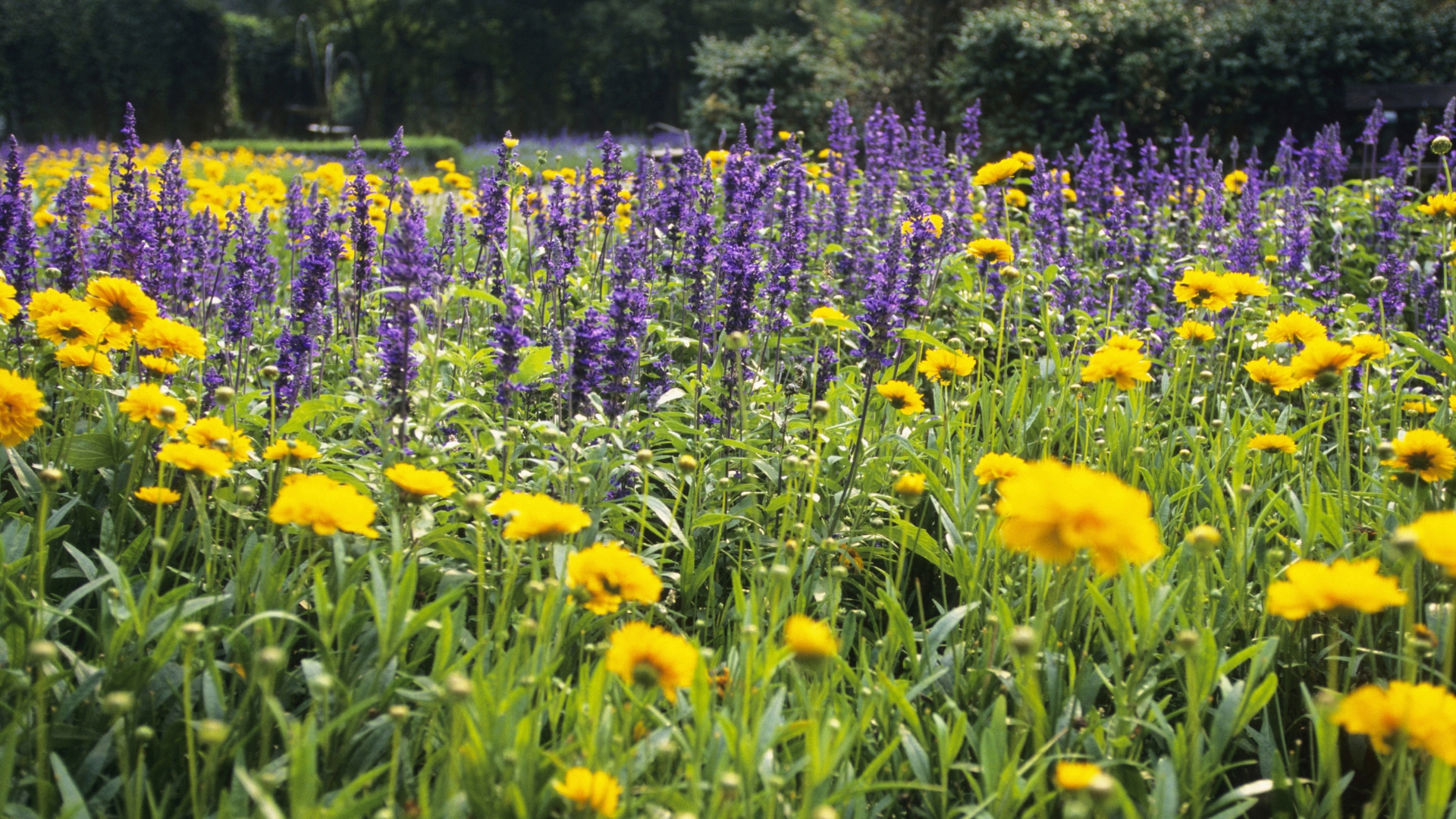There’s nothing quite like the joy of plucking fresh fruit from your own tree, basking in the sun’s warmth as you taste the fruits of your labor.
But then, just when you think you’ve got it all figured out, along come the critters, threatening to spoil the whole thing.
Lucky for you, there’s a plant that’s your secret weapon, keeping pests at bay and your fruit trees happy!
Lavender vs. Pests: A Battle They Can’t Win
Lavender is a garden favorite, prized for its heavenly scent and vibrant purple flowers. Hailing from the rugged, sun-drenched Mediterranean landscape, it’s built to withstand the toughest environments.
But when it comes to pests, lavender is unbeatable! Critters don’t stand a chance against its natural pest-repelling powers!
First off, lavender has a strong, aromatic fragrance that’s absolutely overwhelming to many critters. Its oils contain compounds like linalool and camphor, which are known to repel insects like mosquitoes, moths, and flies.
The scent disrupts their sensory systems, making it difficult for them to navigate or find food. In addition to the smell, lavender’s tough, woody stems and leathery leaves make it a challenging plant for pests to feast on.
Even the plant’s natural oils act as a defense mechanism, creating an inhospitable environment for bugs. Simply put, lavender is a plant that pests want no part of!
Keeping Pests At Bay Isn’t The Only Amazing Feature Of This Herb
This herb isn’t just a pretty face in the garden – it’s a fruit tree’s secret weapon for a thriving, bountiful harvest!
Sure, it keeps pests at bay with its strong, fragrant oils, but that’s just the beginning. Lavender works its magic by attracting pollinators like bees and butterflies, which are essential for boosting fruit production.
Imagine your trees bursting with plump, juicy fruit, all thanks to this herb’s dual role as pest repellent and pollination powerhouse.
It’s the ultimate team player in the garden, ensuring that your fruits stay safe, healthy, and overflowing come harvest time!
Here’s Where And How To Plant Lavender In Your Garden
Yes, lavender is amazing but you need to put effort into making it flourish if you want to use all its benefits.
Lavender thrives in spots with full sun and well-draining soil, making it perfect for garden borders, raised beds, or even containers.
A sloped area or a rock garden works well, preventing roots from staying too damp. If the soil holds too much moisture, mixing in gravel or sand improves conditions.
You can always grow your lavender in a pot and put it under your trees if the soil drainage is poor no matter what you add.
Tips To Help Lavender Thrive Like Never Before
The one thing I learned about lavender is that it prefers a hands-off approach. It thrives with deep watering only when the soil is bone dry, as too much moisture can quickly lead to problems.
Fertilizers might seem like a good idea, but they cause weak, leggy growth that reduces the plant’s resilience.
To keep lavender looking its best, trim back faded blooms and shape the plant lightly – this prevents woody stems and keeps it compact.
If you need to transplant your lavender, avoid hot summer days and choose a time when the plant is naturally less stressed, such as early spring or fall. Prepare the new spot with well-draining soil to help it settle in quickly.
Pair Lavender With These Plants For Even Better Results
Lavender works wonders under fruit trees, but pairing it with the right plants can enhance its benefits even more.
Rosemary, thyme, and sage share similar growing conditions and boost the pest-repelling power of your garden.
Marigolds add a pop of color while keeping even more unwanted insects away, and yarrow attracts beneficial pollinators that help fruit trees thrive. With these companion plants, your orchard will be healthier, more vibrant, and bursting with fruit all season long.
And that’s it! Nature has the best pest control solutions! Plant lavender under your fruit trees and enjoy a stronger, more resilient harvest.

